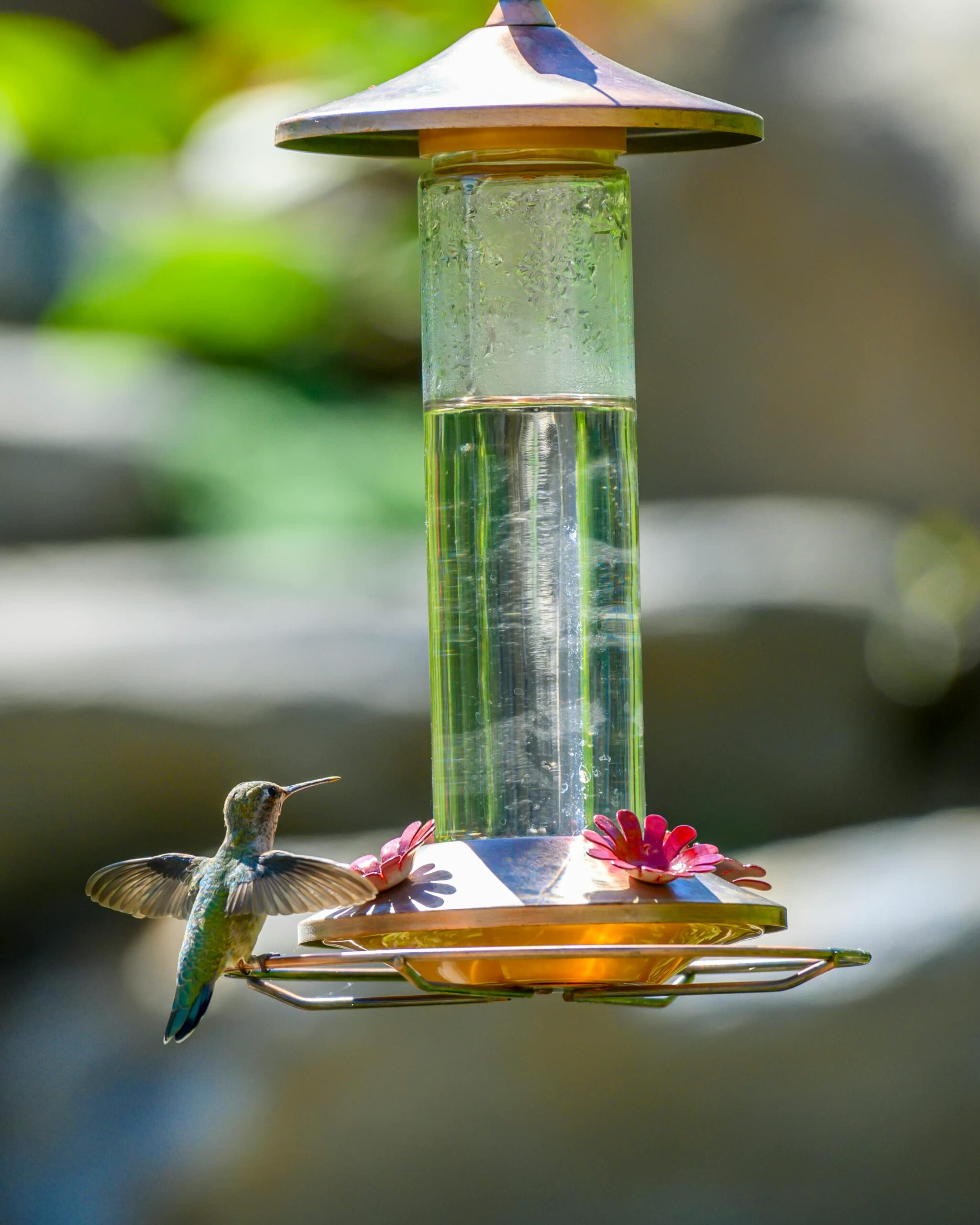Introduction
Birdwatching is a delightful and relaxing hobby that you can enjoy right from your backyard. By creating a bird-friendly environment, you can attract a variety of bird species and support their well-being. This comprehensive guide will show you how to set up a bird-friendly backyard, covering everything from selecting feeders and nesting boxes to choosing the right plants and providing essential water sources.
Benefits of a Bird-Friendly Backyard
Establishing a bird-friendly backyard offers numerous benefits:
- Biodiversity: Attracting birds enhances the ecological diversity of your outdoor space.
- Pest control: Birds help control insect populations, reducing the need for pesticides.
- Pollination: Some bird species, like hummingbirds, assist in pollinating flowers.
- Education and enjoyment: Watching and identifying different bird species is educational and entertaining for all ages.
Choosing the Right Bird Feeders
Selecting the appropriate bird feeders is crucial for attracting a variety of birds:
- Hopper Feeders: These feeders are versatile and can hold a large quantity of seed. They attract a wide range of birds, including sparrows, finches, and chickadees.
- Tube Feeders: Ideal for small birds like finches and chickadees, tube feeders keep seeds clean and dry.
- Platform Feeders: These flat feeders are great for ground-feeding birds like doves and juncos. They can accommodate various food types, including seeds, nuts, and fruit.
- Suet Feeders: Designed for suet cakes, these feeders attract insect-eating birds like woodpeckers and nuthatches.
- Hummingbird Feeders: Filled with sugar water, these feeders are specifically designed to attract hummingbirds.
Selecting Bird Food
Different bird species have varied dietary preferences. Offering a variety of food will attract more birds:
- Black-oil sunflower seeds: A favorite among many bird species.
- Nyjer (thistle) seeds: Attracts finches and other small birds.
- Suet: Provides a high-energy food source for insect-eating birds.
- Fruit: Offer sliced apples, oranges, or berries for fruit-eating birds.
- Nectar: A sugar-water solution for hummingbirds (use a ratio of 1 part sugar to 4 parts water).
Providing Water Sources
Birds need water for drinking and bathing. Here’s how to provide it:
- Birdbaths: Place birdbaths in a safe, shaded area. Change the water regularly to keep it clean.
- Drippers and Misters: These attract birds with the sound of running water.
- Pond or Water Feature: A small pond or water feature can be a permanent water source and attract a variety of wildlife.
Installing Nesting Boxes
Nesting boxes provide birds with safe places to raise their young. Here’s what to consider:
- Size and Design: Different bird species have specific nesting requirements. Research the preferred dimensions and entrance hole size for the birds you want to attract.
- Placement: Install nesting boxes in a quiet, sheltered location away from predators. Height requirements vary by species, so check guidelines for each type of bird.
- Maintenance: Clean nesting boxes after each breeding season to remove old nests and parasites.
Choosing Bird-Friendly Plants
Native plants are ideal for attracting and supporting local bird species. Consider these options:
- Trees and Shrubs: Provide shelter, nesting sites, and food. Examples include oak, pine, dogwood, and holly.
- Flowering Plants: Attract nectar-feeding birds like hummingbirds. Examples include bee balm, columbine, and trumpet vine.
- Berry-Producing Plants: Offer food throughout the year. Examples include serviceberry, elderberry, and winterberry.
- Grasses and Ground Covers: Provide seeds and cover for ground-feeding birds. Examples include switchgrass and clover.
Creating a Safe Environment
Safety is paramount when attracting birds to your backyard:
- Predator Protection: Place feeders and nesting boxes away from areas where cats or other predators can easily access them.
- Window Collisions: Prevent bird collisions with windows by using decals or placing feeders close to windows.
- Chemical-Free Gardening: Avoid using pesticides and herbicides, which can harm birds and their food sources.
Seasonal Care
Adapting your bird-friendly practices to the seasons will help maintain a thriving bird population:
- Spring and Summer: Provide nesting materials like twigs, grass clippings, and feathers. Keep feeders and water sources clean and full.
- Fall: Plant native trees and shrubs to provide natural food sources. Clean and store feeders if necessary.
- Winter: Offer high-energy foods like suet and sunflower seeds. Ensure water sources do not freeze by using a heated birdbath or adding a birdbath heater.

Conclusion
Creating a bird-friendly backyard is a rewarding project that brings nature closer to home and supports local wildlife. By providing the right feeders, food, water sources, nesting boxes, and plants, you can attract a variety of bird species and enjoy the beauty and benefits they bring. Start transforming your backyard into a bird haven today and experience the joy of birdwatching right at home.
Check out this educational bird watching guide!

